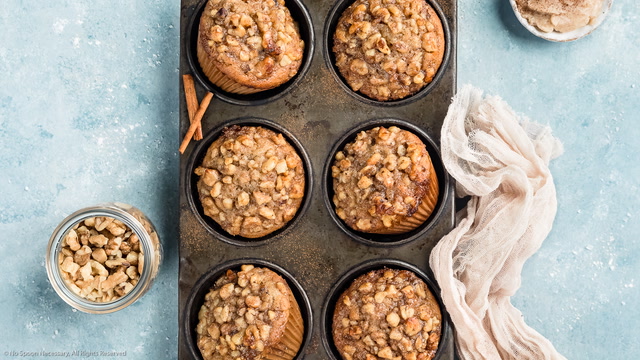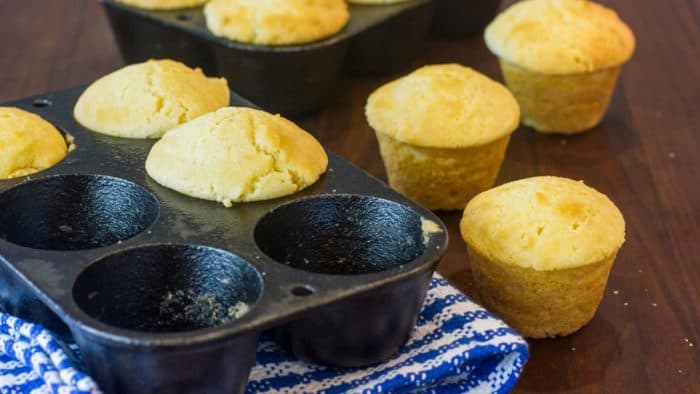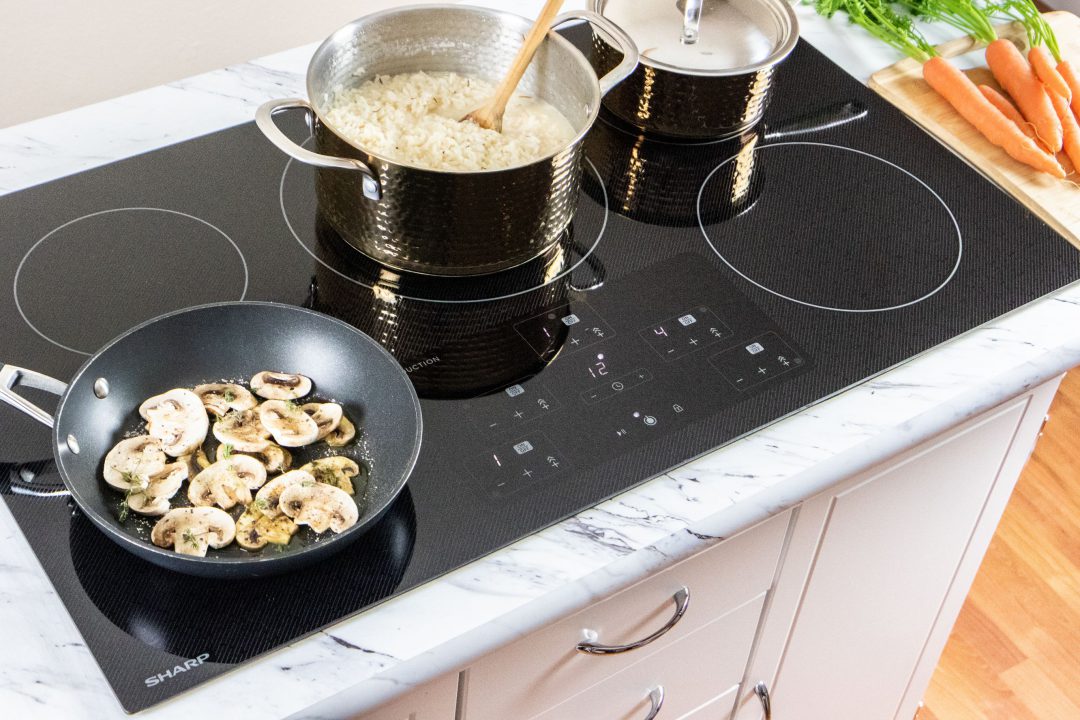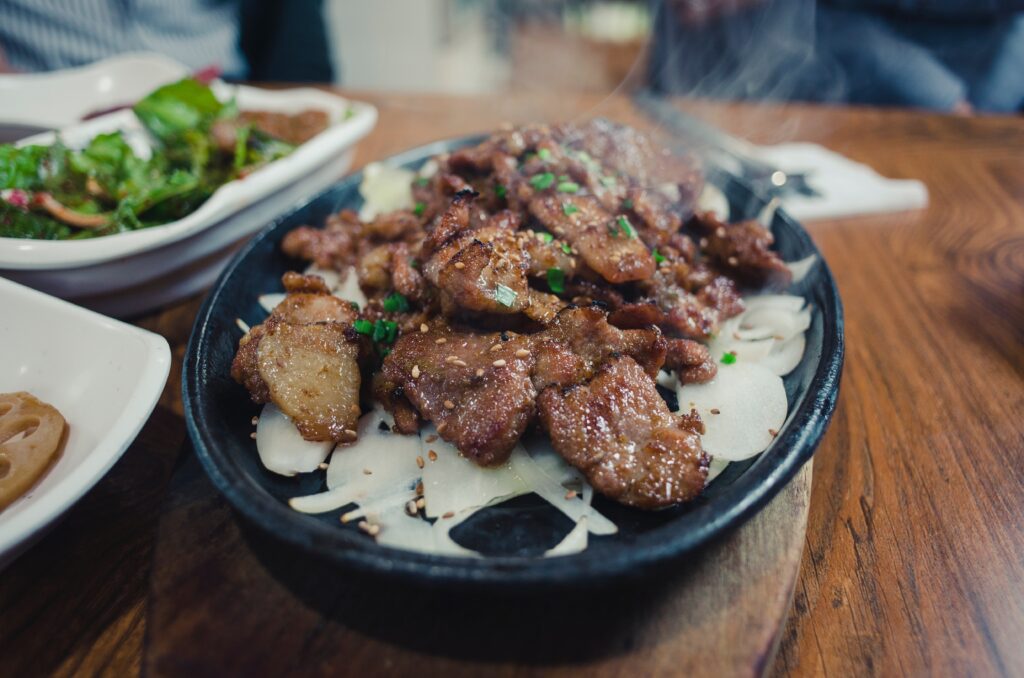As a kitchen professional, you're likely all too familiar with the challenges posed by a rough muffin pan surface. Not only can this imperfection affect the appearance of your baked goods, but it can also lead to uneven cooking, sticking, and even damage to your recipes. Understanding how to smooth rough muffin pan surface can elevate the quality of your baked creations.

Why a Smooth Surface Matters
A smooth muffin pan surface ensures that heat is evenly distributed, which is crucial for temperature control. Uneven surfaces can cause hotspots, leading to overcooked or undercooked muffins. Additionally, a rough surface increases the likelihood of your muffins sticking, which not only ruins the aesthetics of your creations but also complicates the cleaning process.
Identifying the Problem
Before addressing a rough muffin pan, it's important to identify the nature of the roughness. Is it due to buildup from previous baking sessions, or is it the result of wear and tear on the pan itself? Often, residue from oils and baking sprays can create a sticky, uneven surface. Alternatively, scratches and dents can form over time, especially if abrasive cleaning materials have been used.
Initial Cleaning and Preparation
Start with a thorough cleaning. Use a gentle dish soap and a sponge to remove any surface grime. For stubborn spots, consider using a mixture of baking soda and water as a mild abrasive. Avoid metal scrubbers which can exacerbate the roughness. For more tips on avoiding burnt bottoms and maintaining your bakeware, explore related resources.
Using Natural Abrasives
Once the pan is clean, you can address the rough surface. A natural abrasive like baking soda can be effective. Create a paste with water and apply it to the rough areas. Gently scrub with a non-abrasive sponge or cloth. This method not only smooths the surface but also acts as a deodorizer, removing any lingering odors from past bakes.
Sanding for a Smoother Finish
For more persistent roughness, consider using fine-grit sandpaper. Sand the affected areas gently, ensuring not to remove too much material. This technique is particularly useful for metal pans that have developed scratches over time. Once sanded, wash and dry the pan thoroughly before use. Remember, a well-maintained pan not only improves baking results but also extends the lifespan of your bakeware.
Seasoning Your Muffin Pan
Just like a cast iron skillet, a muffin pan can benefit from seasoning. Apply a thin layer of vegetable oil or shortening to the pan and bake it in the oven at a low temperature for about 30 minutes. This process creates a non-stick layer, which can help prevent future roughness and sticking.
Regular Maintenance
To maintain a smooth muffin pan, regular upkeep is essential. Avoid using metal utensils that can scratch the surface. Instead, opt for silicone or wooden tools. Clean the pan promptly after each use to prevent buildup, and store it in a dry place to avoid rust and corrosion.
Moreover, understanding the nuances of your baking environment, such as temperature and humidity, can also impact your bakeware's condition. For insights on managing these factors, read about fixing uneven heat in your cooking equipment.
Conclusion
A smooth muffin pan surface is essential for achieving perfect baking results. By incorporating these techniques into your regular kitchen routine, you can ensure your bakeware remains in top condition, leading to consistently delicious and visually appealing muffins. For more creative ways to use your muffin pan, check out this Martha Stewart article on bite-size baking ideas.

FAQs
How often should I season my muffin pan?
Season your muffin pan every few months or whenever you notice food starting to stick more than usual.
Can I use baking soda on non-stick muffin pans?
Yes, but be gentle and avoid scrubbing too hard to prevent damaging the non-stick coating.
What's the best way to store muffin pans?
Store muffin pans in a dry place, stacking them with paper towels in between to protect the surfaces.
This article contains affiliate links. We may earn a commission at no extra cost to you.






Leave a comment
This site is protected by hCaptcha and the hCaptcha Privacy Policy and Terms of Service apply.